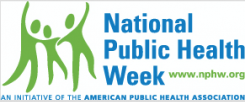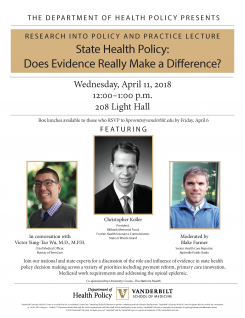Dr. Melinda Buntin Receives Mike Curb Endowed Chair Honor
Crowd honors eight new endowed chair recipients
Apr. 27, 2018, 4:14 PM
Colleagues, friends and family gathered April 25 to honor eight Vanderbilt University faculty named to endowed chairs.
Susan R. Wente, provost and vice chancellor for academic affairs, opened the ceremony by noting that 2018 marks the 100th anniversary of endowed chairs at Vanderbilt, but the tradition itself dates back nearly 300 years in America – with an English merchant endowing a chair in divinity at Harvard.





